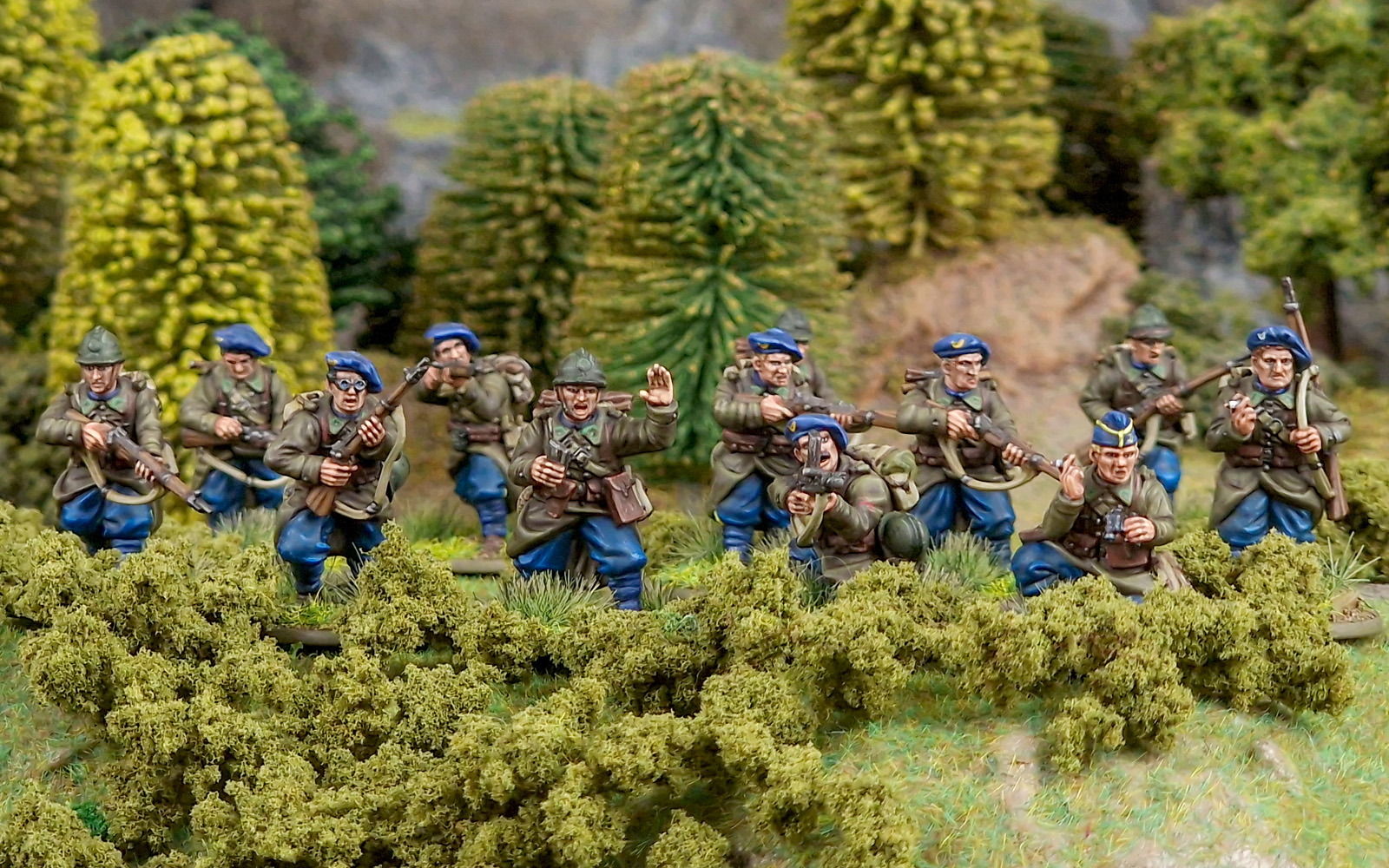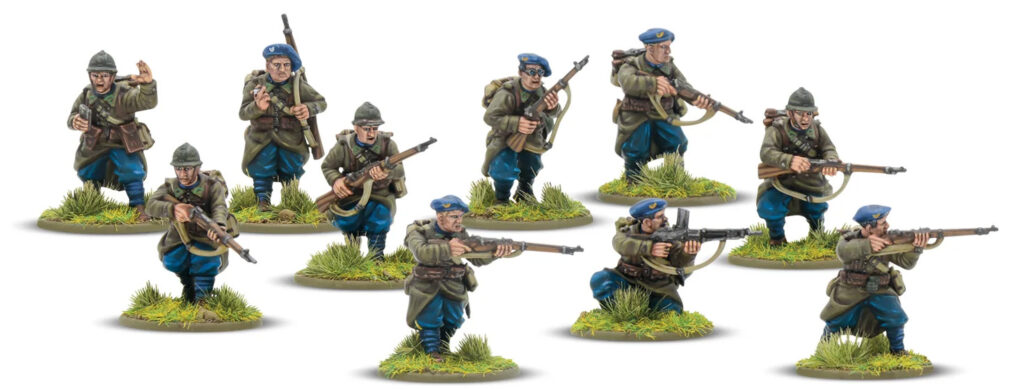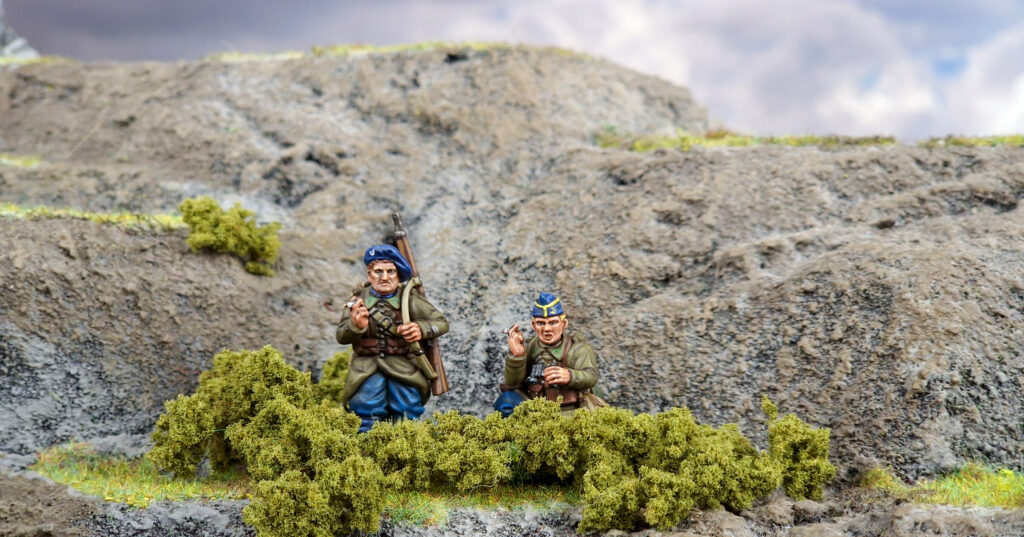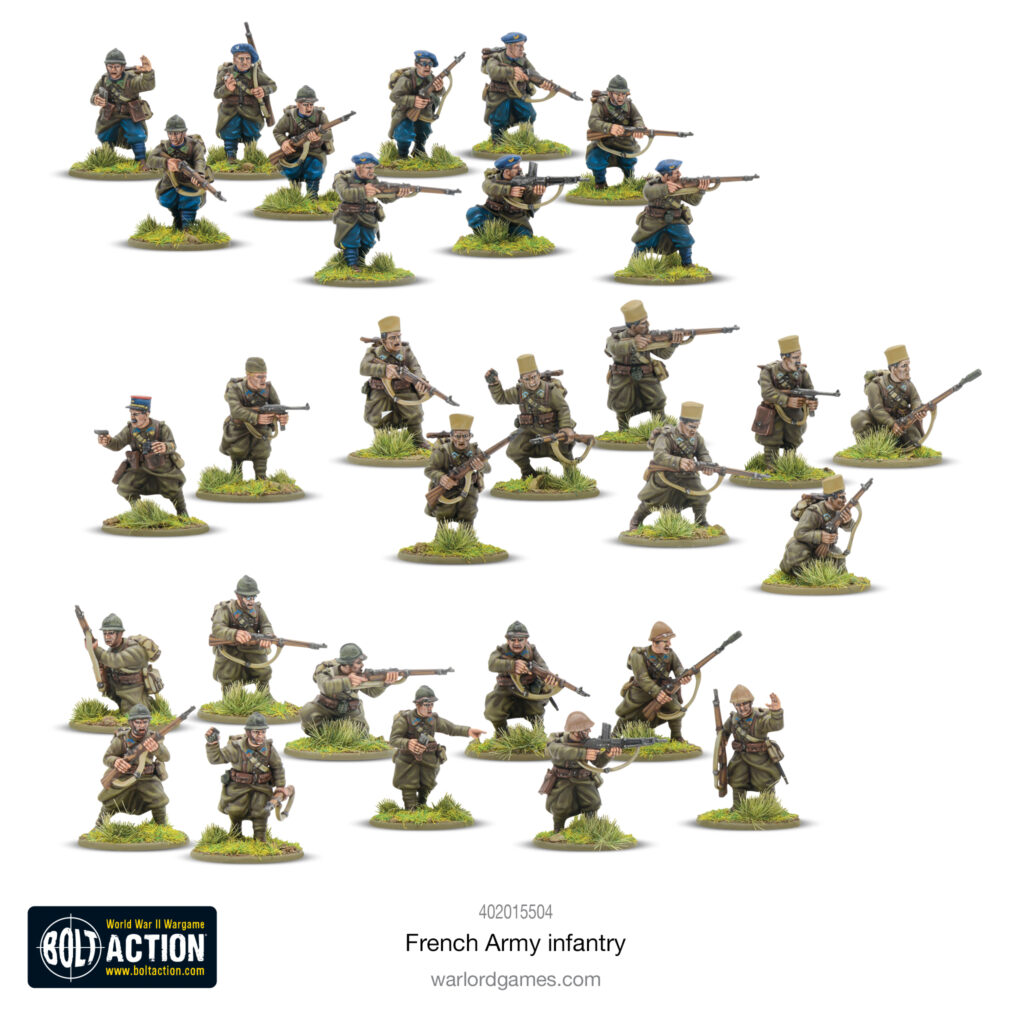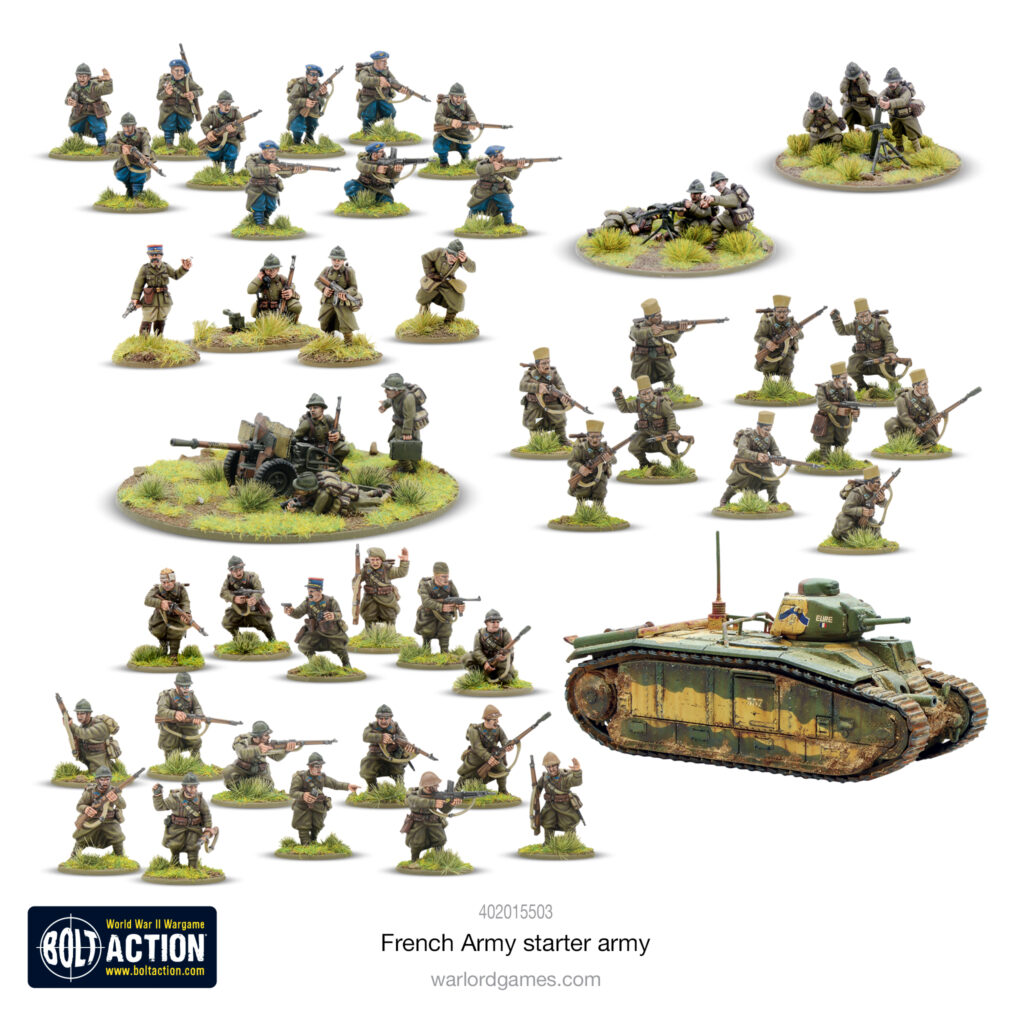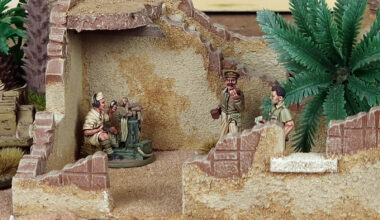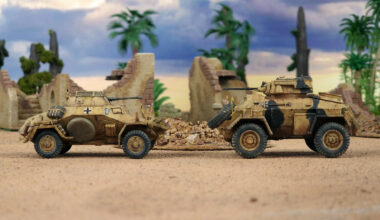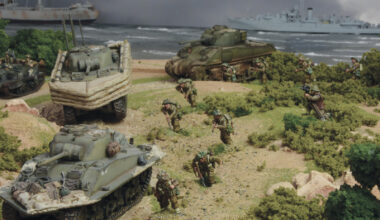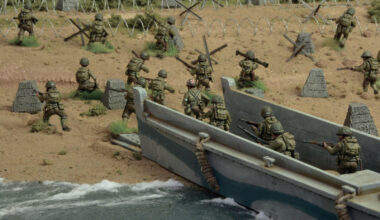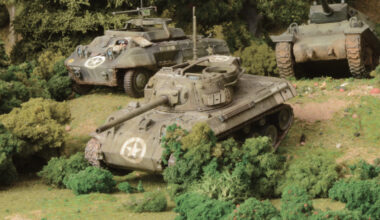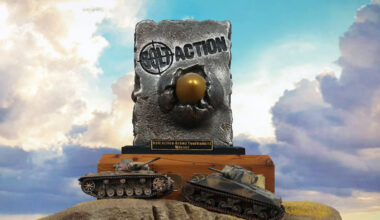A key feature of post-Napoleonic European armies that persisted into the Second World War was a corps of elite light infantry – Prussian (and later German) Jägers, British Rifles, Italian Bersaglieri, and, in the case of the French, Chasseurs. Traditionally equipped as normal ‘line’ infantry, but with training and tactics emphasising skirmishing, marksmanship, and fieldcraft, by the 20th century they had, by and large, settled into more of an ‘elite’ role in many cases, with many units specialising in operations in whichever terrain was most prevalent in their homeland, or other more niche roles.
The French Chasseurs (literally ‘hunters’) came from a long, proud lineage stretching back to the 1740s, encompassing both infantry and cavalry, and with many proud and unique martial traditions which persist to this day. During the Second World War, there were two principal kinds of Chasseurs in service – Chasseurs à Pied and Chasseurs Alpins. The Chasseurs Alpins were elite mountain infantry, in a vein similar to German Gebirgsjäger or Italian Alpini, with their distinctive oversized dark blue beret bearing the alpine horn cap badge, while the Chasseurs à Pied served as light infantry, wearing lighter blue uniforms and berets – both were also issued with the standard khaki greatcoat and Adrien helmet. There were also mechanised Chasseurs Porte, who were truck or lorry-mounted, as well as Chasseurs d’Afrique from French colonial holdings, and several other more niche subtypes, but we’re focussing on two main types that can be fielded in Bolt Action and built using the new plastic French infantry sprue: Chasseurs à Pied, and Chasseurs Alpins – let’s dive in!
We’ll begin with the Chasseurs à Pied and their very blue trousers! Made using the bereted heads on the sprue with all the usual accoutrements, they’re a nice simple ‘painting solution’ to add some colour to your force – literally! Collar-patch colours and trouser stripes can be something of a minefield, so a good reference book is a useful tool to avoid confusion. The Warlord Games Design Studio’s copy of Jouineau’s Officers and Soldiers of the French Army in 1940 has been well-worn by those of us painting up our own French forces of late! In Bolt Action terms, there are actually a couple of unit profiles that can be used to represent these soldiers, depending on just how you want to use them. The most ‘basic’ way is as a Regular Infantry Section, the backbone of any Bolt Action force. With up to 12 men, packing an LMG and/or the always useful VB Launcher, they can anchor a battleline or get forward in the attack, and look absolutely fantastic while doing so! Alternatively, if you want a little bit more firepower, consider running them as Chasseurs Portes – a 10-man infantry blob with a pair of LMGs is nothing to sniff at, especially in the early war when such shooty goodness is something of a rarity!
For your Chasseurs Alpins, there’s a tailor-made unit profile for their elites – SES Veteran Infantry Sections. This represents the elite Section d’Eclaireurs Skieurs, and (appropriately) allows them to be outfitted with skis for free – perfect for those wintry snow tables! As Veterans with the option to take AT grenades and a bunch of submachine guns, they’re a great choice to form an attacking element to your army and can be a real handful for enemy infantry to deal with – particularly on their favoured terrain! For more ‘normal’ Chasseurs Alpins, you can also use the Regular Infantry Section profile, allowing you to field even more of these jauntily hatted hardcases!
A French force should of course be full of colour, elan, and of course big silly hats! The Chasseurs bring this in spades, and are a great addition to any French Bolt Action army – or a primer for a brand-new one!
